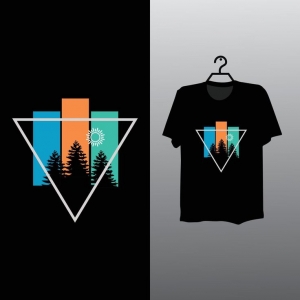Multi-layer cryogenic insulation (MLCI) represents a pivotal advancement in thermal management for extremely low-temperature applications. Designed to minimize heat transfer, MLCI plays an essential role in industries ranging from aerospace to liquefied gas storage. Unlike conventional insulation, which relies on bulk material to resist heat, MLCI uses a series of reflective layers separated by low-conductivity spacers to achieve superior thermal performance. These multiple layers reflect radiative heat, while the spacers reduce conductive heat transfer, creating an efficient barrier against extreme temperature fluctuations.
Recent advancements in materials and manufacturing processes have further enhanced MLCI's capabilities. Modern MLCI employs ultra-thin films with high reflectivity and durability, capable of withstanding the mechanical stresses associated with handling cryogenic liquids. The development of flexible, lightweight spacer materials has also enabled the construction of more compact insulation systems that do not compromise performance. As a result, industries that require stringent thermal control can now achieve better energy efficiency while reducing the volume and weight of insulation materials.
A key area of innovation has been in aerospace applications. Spacecraft and satellite systems rely heavily on cryogenic fuels and instruments that operate at extremely low temperatures. MLCI ensures these critical components remain within operational limits, preventing heat-induced degradation or failure. Similarly, in the liquefied natural gas (LNG) industry, MLCI is crucial for storage and transportation. By minimizing heat ingress, it preserves the cryogenic state of LNG over long distances, reducing evaporation losses and maintaining safety standards.
Sustainability is another emerging focus. The lightweight and high-performance nature of MLCI reduces energy consumption in cooling systems. This contributes to greener operations by lowering the demand for refrigeration power. Moreover, researchers are exploring eco-friendly spacer and reflective materials to reduce environmental impact. The combination of thermal efficiency and sustainability positions MLCI as a key technology in the transition to more energy-conscious industrial processes.
In summary, multi-layer cryogenic insulation market exemplifies the convergence of material science, engineering, and energy efficiency. Its sophisticated design minimizes both radiative and conductive heat transfer, enabling industries to operate under extreme temperatures with confidence. With ongoing innovations in materials, sustainability, and manufacturing, MLCI is poised to remain an indispensable technology across sectors that depend on cryogenic conditions.







